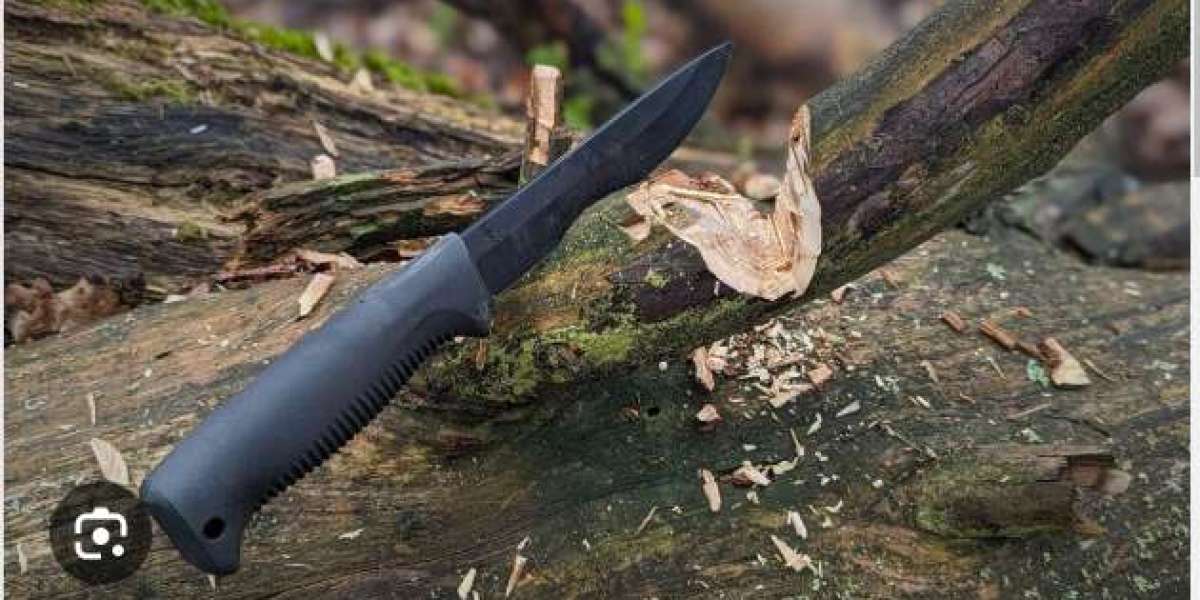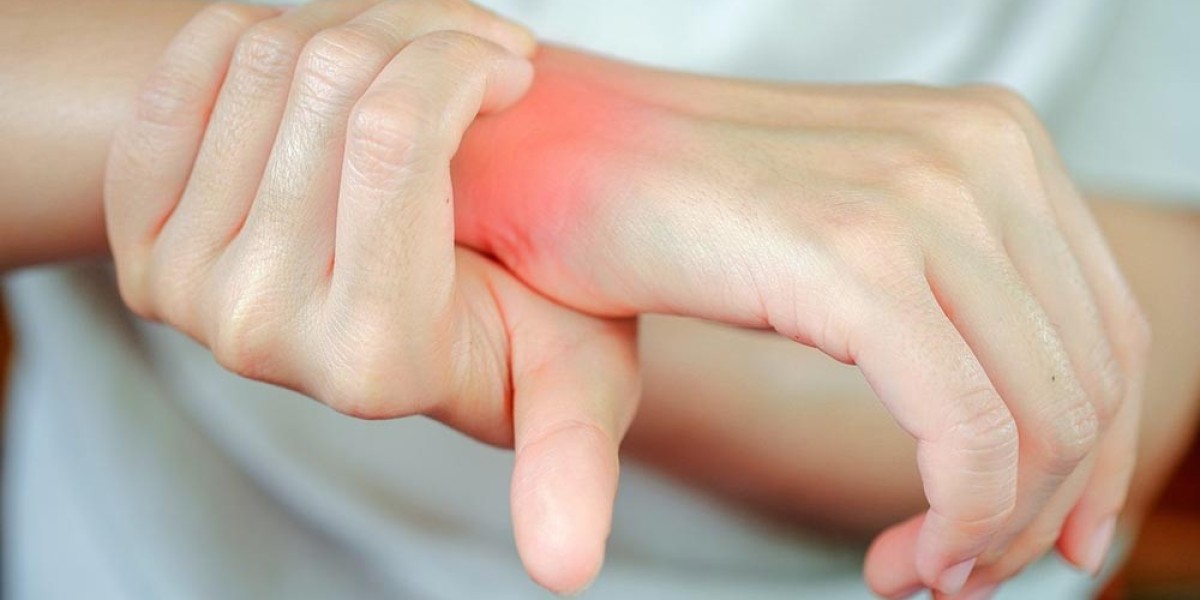Yakutia, a vast and rugged region in Siberia, is home to a rich culture deeply connected to its natural environment. One of the most distinctive aspects of Yakutian culture is the traditional knife, known as the Yakut knife or Yakutskaya nozh. These knives are renowned for their unique design, which reflects the needs of the Yakut people in their daily lives, from hunting and fishing to crafting and survival. This article explores the various types of Yakut knives, their distinctive features, and the roles they play in Yakutian life.
1. The Classic Yakut Knife
The classic Yakut knife is the most well-known type and serves as a general-purpose tool. It is characterized by its unique blade shape, which features a slightly convex or rounded profile on one side (the outer side) and a flat or slightly concave profile on the other side (the inner side). This asymmetrical design is a hallmark of Yakut knives and is known as the "one-sided" or "single-bevel" grind.
Key Features:
· Blade Shape: The blade typically has a straight edge with a gentle curve towards the tip, making it versatile for various tasks. The blade length can range from 4 to 7 inches, depending on the knife’s intended use.
· Blade Material: Traditional Yakut knives were made using local materials such as bone, antler, or iron. In modern times, high-carbon steel is commonly used, offering a good balance of durability, sharpness, and ease of maintenance.
· Handle: The handle is often crafted from wood, antler, or birch bark, materials readily available in the Yakut region. The handle is typically rounded and ergonomically shaped to provide a comfortable grip, which is essential for prolonged use in cold environments.
· Single-Bevel Edge: The asymmetrical grind allows for precise cutting and carving, making it ideal for skinning, filleting fish, and other detailed work. This design also makes the knife easy to sharpen, which is crucial for maintaining its effectiveness.
2. Yakut Hunting Knife
The Yakut hunting knife is a variation of the classic Yakut knife, specifically designed for hunting and processing game. It retains the same basic features but is optimized for the specific needs of hunters.
Key Features:
· Longer Blade: Hunting knives often have a longer blade, typically ranging from 6 to 10 inches, providing more reach and leverage for tasks such as skinning large animals or cutting through thick hides.
· Robust Construction: The blade is usually thicker and more robust to handle the demands of hunting, such as cutting through bone and cartilage. The spine of the blade may be reinforced to provide additional strength.
· Finger Guard: Some Yakut hunting knives include a simple finger guard or a slight indentation near the handle to prevent the hand from slipping onto the blade during use. This feature adds safety, especially when dealing with slippery conditions or wet hands.
· Pointed Tip: The tip of the blade is often more pointed, making it suitable for piercing and making precise cuts, which are essential for field dressing and butchering game.
3. Yakut Fishing Knife
Fishing is a vital part of life in Yakutia, and the Yakut fishing knife is specifically designed to meet the needs of fishermen. This type of knife is optimized for cleaning and filleting fish, as well as other tasks related to fishing.
Key Features:
· Slim Blade: The fishing knife typically has a slimmer blade than the general-purpose or hunting knife. This design allows for precise, delicate cuts, making it ideal for filleting fish and removing scales.
· Flexible Blade: Some Yakut fishing knives feature a more flexible blade, which helps follow the contours of the fish, ensuring cleaner cuts and reducing waste. The flexibility also aids in maneuverability and control during intricate tasks.
· Corrosion-Resistant Materials: Given the frequent exposure to water, these knives are often made from materials that resist corrosion, such as stainless steel or specially treated high-carbon steel.
· Grip: The handle may have added texturing or be made from non-slip materials to ensure a secure grip, even when wet. Some modern designs incorporate rubberized handles for improved safety and comfort.
4. Yakut Bushcraft Knife
The Yakut bushcraft knife is designed for general outdoor use, ideal for tasks such as wood carving, making shelters, and preparing food. It embodies the principles of simplicity and functionality, making it a reliable companion for survival in the wilderness.
Key Features:
· Medium-Length Blade: The bushcraft knife typically features a blade length of 5 to 8 inches, balancing portability with functionality. The blade is often sturdy and capable of handling a wide range of tasks, from chopping wood to detailed carving.
· Versatile Edge: The edge is designed to perform well in various tasks, making it a jack-of-all-trades tool. The single-bevel edge allows for easy sharpening in the field, a crucial feature for survival situations.
· Durable Handle: Handles are made from robust materials such as wood or antler, designed to withstand harsh conditions. The shape of the handle is often contoured to fit comfortably in the hand, reducing fatigue during prolonged use.
· Full Tang Construction: Many Yakut bushcraft knives are constructed with a full tang, meaning the blade extends through the handle. This design provides additional strength and stability, making the knife more durable and reliable.
5. Decorative and Ceremonial Yakut Knives
In addition to their practical uses, Yakut knives are also made for decorative and ceremonial purposes. These knives are often intricately decorated and serve as symbols of status, heritage, or craftsmanship.
Key Features:
· Decorative Engravings: The blades and handles of ceremonial Yakut knives are often adorned with intricate engravings, depicting traditional Yakut patterns, animals, or scenes from nature. These decorations showcase the skill of the craftsman and the cultural significance of the knife.
· High-Quality Materials: Decorative knives may use high-quality materials such as exotic woods, precious metals, or gemstones in their construction. These materials enhance the aesthetic appeal and value of the knife.
· Symbolic Elements: Ceremonial knives may include symbolic elements, such as runes or totems, representing the beliefs and traditions of the Yakut people. These knives are often passed down through generations as family heirlooms.
Conclusion
Yakut knives, with their distinctive design and versatility, reflect the practical needs and cultural heritage of the Yakut people. From the classic general-purpose knife to specialized hunting and fishing knives, each type is crafted to serve specific roles in the daily lives of those living in the harsh Siberian environment. The continued use and appreciation of Yakut knive for sale in both traditional and modern contexts highlight the enduring craftsmanship and cultural significance of these remarkable tools. Whether for survival, work, or ceremony, Yakut knives remain a symbol of the resourcefulness and resilience of the Yakut people.








